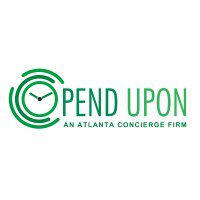What you don’t know about… Employee Morale 😤

“How do I know what my employees are doing all day?”
Step 1: good KPIs. Instead of tracking their desk time, track their results.
But productivity isn’t the only consideration here.
Employee engagement and happiness can be reflected in how they spend their time at work. I spoke to Tess Gamble, founder of the concierge service Pend Upon and long-time HR professional, about time theft and its reasons.


What is time theft?
There are two main types of time theft.
Clocking in fraud
This is when an employee “clocks in stating they were performing work duties, but they were not working at all”. This is the more blatant kind of time theft, and “based on the company’s processes and procedures, most companies would consider this to be a serious offense”.
Presenteeism
“This new time theft is when an employee is physically at work or wherever their assigned workplace is and the employee does not perform the work duties assigned to them”.
This version is subtler, and not always malicious, but still damaging.
They may be performing some work, but are more likely to be distracted and multi-tasking.
What are they doing with this time?
“Taking care of personal needs”, such as “planning vacations, picking up dry cleaning, making personal appointments, checking social media, shopping, servicing their automobile” and more.
Employee needs
What you notice about these tasks is that they are, for the most part, necessary.
Your employees have to buy groceries, they have to make plans, they have to fix their cars.
You don’t want them to stop doing those things, but you also don’t want them to decrease the quality of their work for you.
And, as Tess explains, in this example “it is more challenging to measure the full effect this will have on the business”, and on the employee who is pulled in so many directions.
Happy employees
Happy employees make successful businesses.
Instead of worrying about how much time your team spends on their phones, or coffee breaks, or browsing the web, make sure they’re happy at work.
Don’t forget they have other things to do. And be clear about the results you expect from their work.
This will result in “a better work environment, increased productivity, decreased absenteeism, and increased employee retention”, not to mention “more family time” for your employees.
What next
For $3500, we can write an operational plan that’s specific and effective.
And then, consider the perk of supporting your team through a concierge service, like Tess’ Pend Upon.